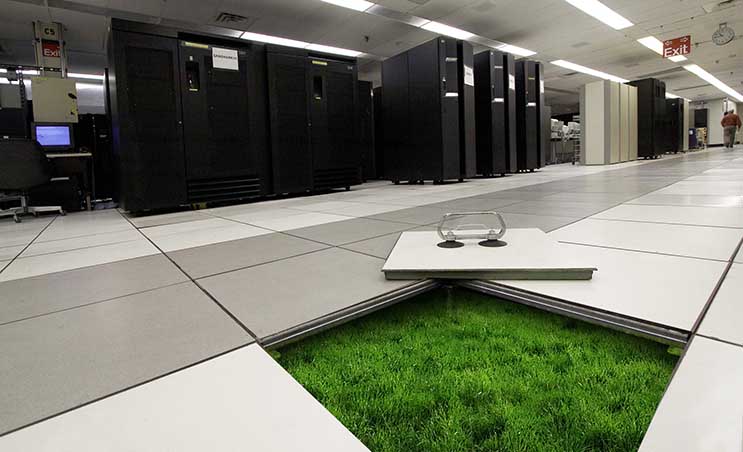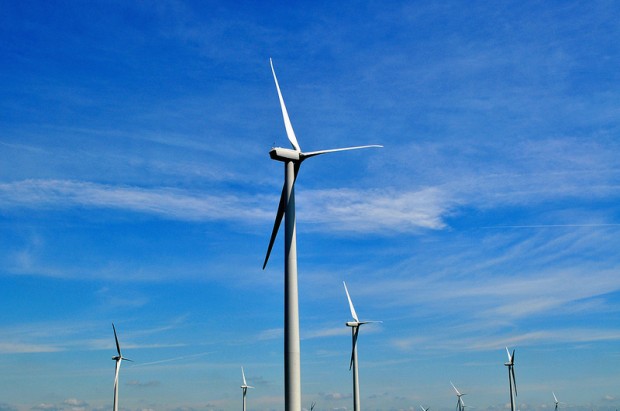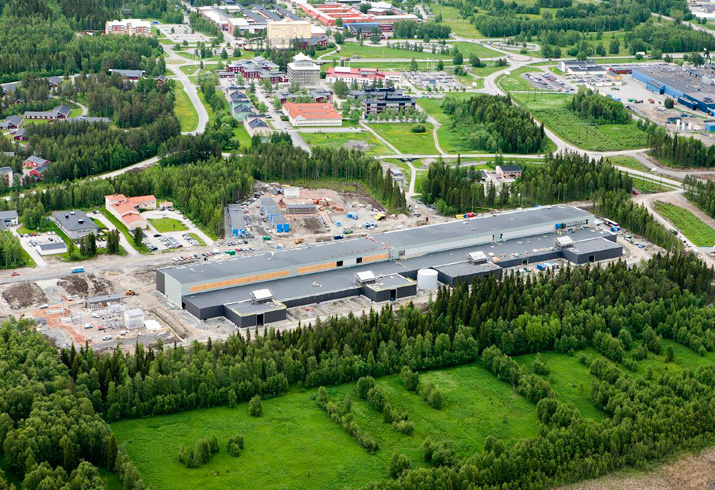“Green” data centers: what do the giants of the industry use to reduce the energy consumption of their DCs?

Data centers consume a lot of energy. In the USA, for example, large data centers consume about 2% of the total energy that is produced in the country. Energy consumption in the telecommunications sector is constantly growing. In 2014, US data centers used about 70 billion kWh of energy. According to Stanford and Carnegie Melon University, 6.4 million households in the same country consume the same amount. But in general, the energy efficiency of data centers is increasing. For example, from 2010 to 2014, the DC energy consumption in the USA grew by only 4%. But over the previous five years, the growth of energy consumption by data centers was 24%.
Experts believe that by 2020 this figure will grow slightly - about another 4%. And this is despite the fact that most of the telecommunications giants are actively building new DCs. Why is the growth of energy consumption is not as active as before? The fact is that equipment manufacturers and telecommunications companies have begun to attach great importance to the energy efficiency of their systems and facilities. Also, energy consumers began to use alternative sources: biogas, solar energy, wind power, etc. It is not always done for the benefit of nature, but companies are trying to increase their autonomy in terms of energy supply and use the technologies available to them in order to achieve this.
Facebook, Apple, Google, eBay, Microsoft and many other corporations have long been introducing green energy into their data centers. The same does the less well-known companies Let's see what methods different companies use to increase their autonomy in the field of energy supply.
')
Apple

The corporation in its new DC has built two "solar farms". In addition, it uses biogas, which is produced on site. A source of organic materials are fields located near the DC. The methane produced is not used as a fuel for, for example, thermal power plants. They are charged with fuel cells from Bloom Energy. In the process of obtaining energy in such elements, the hydrogen molecule of methane reacts with oxygen in the air. Electricity is produced, water and small amounts of carbon dioxide are released as by-products.
Apple's solar power plants (there are two of them) produce 42 million kWh of energy each. The company receives 84 million kWh of solar energy and about 40 million kWh of energy generated using fuel cells per year. That would be enough to supply about 11 thousand households with energy during the year.
ebay
This company has built its new DC in Utah. It is connected to the state power system. But energy from the public network is used only for backup data storage.
And the data center itself receives the energy generated by the fuel cells. It uses all the same elements from Bloom Energy, in an amount of 30 pieces. All this power station is located not far from the data center, so that the losses during transmission of energy are minimal. Solar cells are also installed on the roof of the DC, which also produce energy for the needs of the object.
Amazon

At the end of 2015, Amazon executives stated that a quarter of the total energy consumed by the company is “green” energy. By the end of this year, the percentage of energy use from alternative sources will increase by up to 40%.
For three of their new data centers in Amazon, they decided to build a wind power station. They have almost been built, and their total capacity is 820,000 MW * h. That's enough to power the company's data centers in Ohio. Now the company's wind power stations operate in North Carolina and Virginia, USA.

This data center was not just built in Lulea, a region that, as mentioned above, is only 60 kilometers from the Polar Circle. They decided to build a data center at the confluence of the Lule River into the Gulf of Bothnia. The average annual temperature here is only 1 degree Celsius. By the way, the energy efficiency ratio (PUE) for this data center is only 1.07, while the average for other data centers is 1.6-1.99.
The company uses in this data center only the energy received from the hydroelectric station. She was placed on the river, located nearby. Due to this fact, the company managed to reduce the number of spare generators by 70%.
Verne global
The data center of this company is located generally in Iceland. Due to the cool climate of this region, only outside air is used for cooling. Energy data center of the company receives from geothermal and hydroelectric power stations.
Due to the combination of a number of factors, this data center managed to become one of the most "green" DC. In addition, this object is almost completely autonomous and does not depend on the energy supply from the common network.
Equinix AM3

This data center is located in Amsterdam, the Netherlands. In order to increase energy efficiency while reducing the energy intensity of the facility, the operator uses Aquifer Thermal Energy Storage (ATES) and hybrid cooling towers. Cool air towers used to lower the temperature of hot corridors. Used in the cooling system and water, which removes heat from the servers and racks with equipment.
The heated water is sent straight to the heating system of the University of Amsterdam. This is a win / win system with maximum energy efficiency and minimal environmental impact.
Green House Data WY2

The operator of this data center decided to use the benefits of the cool climate of the city of Cheyenne, Wyoming, USA, to reduce the energy consumption of the facility. Due to this, PUE reaches only 1.14. Plus, the data center does not depend on the external power system, 100% of the energy consumed by the object is produced at a wind power station located nearby.
By the way, in order to reduce the power consumption of the DC cooling system, it is not at all necessary to build it near the Polar Circle. There are other methods - for example, Google has recently reduced the energy consumption of the cooling system in its data center, using the weak form of AI from Deepmind. As we can see, the methods may be different, but the result is the same: increasing energy efficiency, reducing the cost of maintaining a DC, reducing dependence on the overall energy infrastructure of the region.
Our other publications:
- Artificial intelligence helped Google to reduce energy consumption of cooling systems in data centers by 40%
- Reducing the temperature in the data center - new research of a number of companies
- Accidents in data centers that were (almost) impossible to foresee
- Rating of programming languages in 2016
- How Facebook saved 75% of the energy required to store photos of cats and user selfie
Source: https://habr.com/ru/post/308174/
All Articles